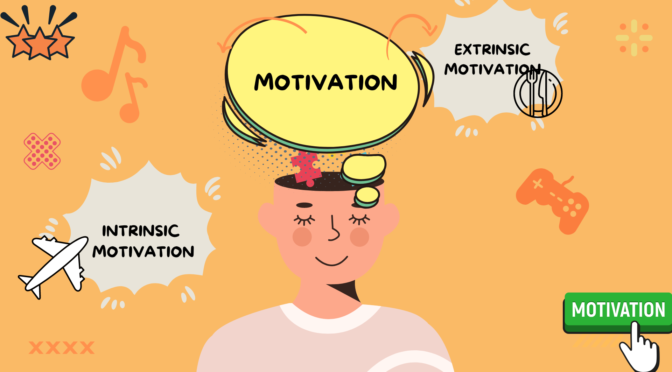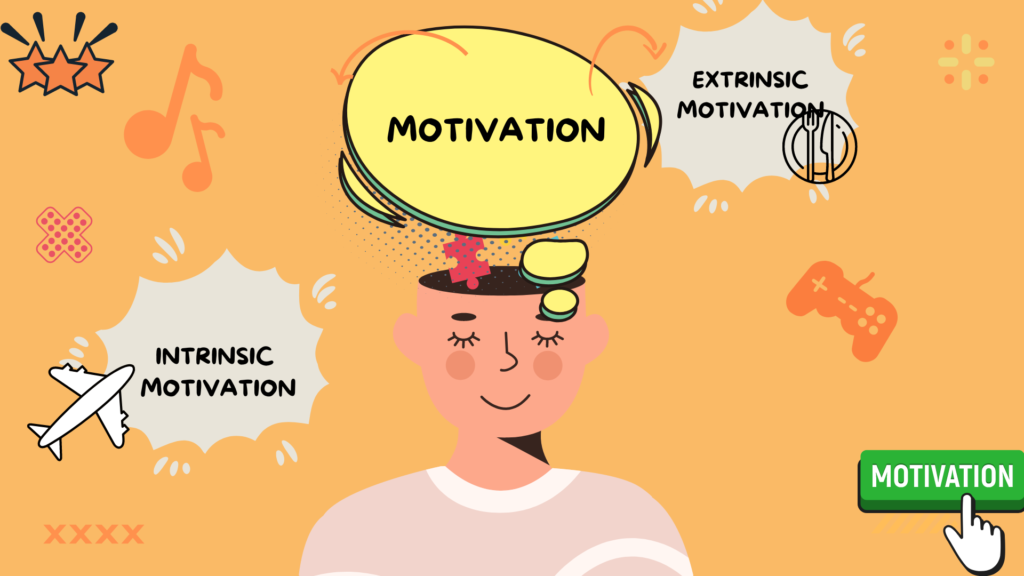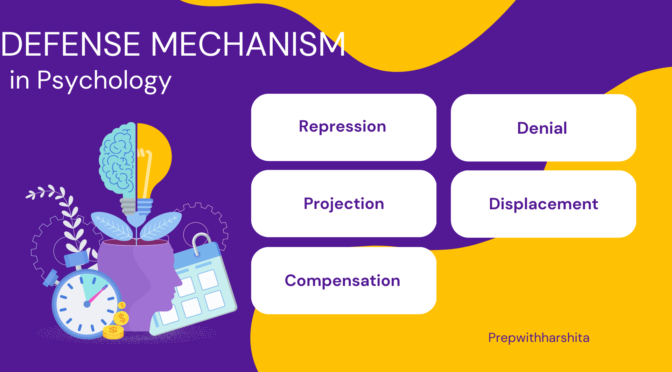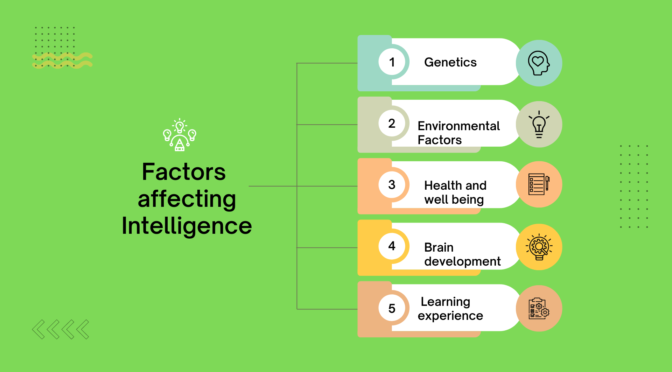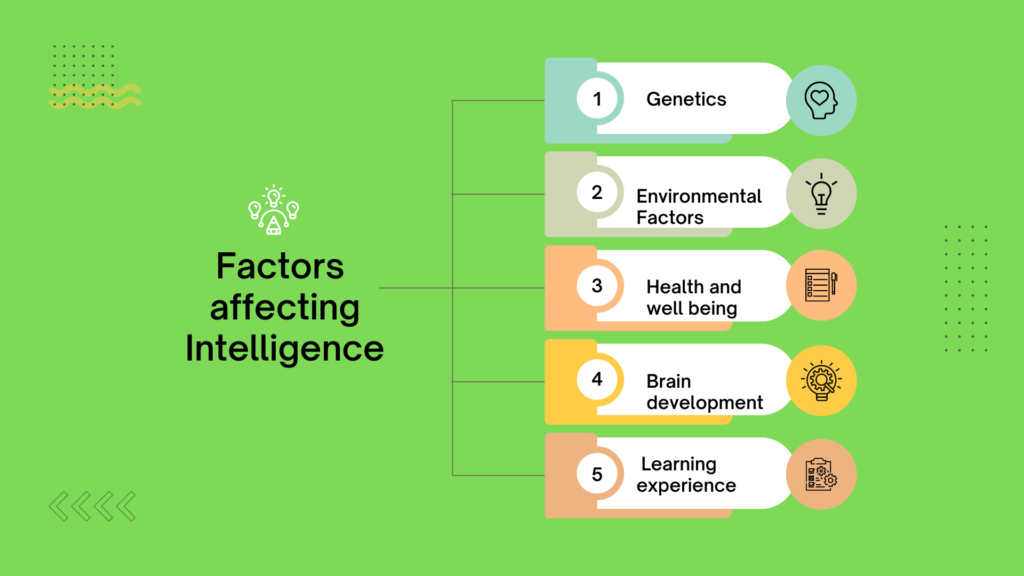Inductive and deductive approaches are two different methods that are used in language teaching.
Both approaches have their advantages and disadvantages, and the choice of which approach to use may depend on a variety of factors, including the learners’ needs and goals, the teacher’s preferences and experience, and the language being taught.
Deductive Approach
- The deductive approach involves starting with a general rule or principle and then moving to specific examples or applications.
- In language teaching, it involves providing a grammar rule or structure and then providing examples of how it is used. For example, the teacher might start by explaining the rule for forming the present continuous tense (e.g. subject + to be + present participle), and then provide examples of how this tense is used in context.
- The advantage is that it can be a great and efficient way to teach certain language structures. The learners can quickly understand the rule and apply it to new situations.
- The disadvantage is that it may not be as effective for helping learners develop their communicative skills or their ability to use the language spontaneously.
Inductive Approach
- The inductive approach involves starting with specific examples or instances, and then moving towards a more general rule or principle.
- In language teaching, this might involve presenting learners with authentic language use (such as texts, conversations or videos) and encouraging them to identify patterns or rules for themselves. For example, the teacher might provide learners with a text that contains examples of the present continuous tense, and ask them to identify the patterns they notice.
- The advantage is that it can be more engaging and interactive for learners. It encourages them to be active participants in the learning process. It can also be effective in helping learners develop their communicative skills, as they learn about authentic language use.
- The disadvantage is that it can be a slower and more time-consuming process. Learners may need more guidance and support to identify the patterns or rules for themselves.
In practice, many language teachers use a combination of both approaches, depending on the learning objectives.
For example, they may use a deductive approach to teach basic grammar rules but then use an inductive approach to reinforce these rules and help learners apply them when necessary.
Also Read: Constructive Approach to Language Teaching





